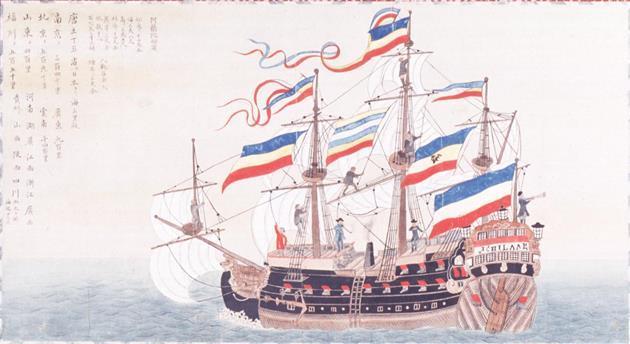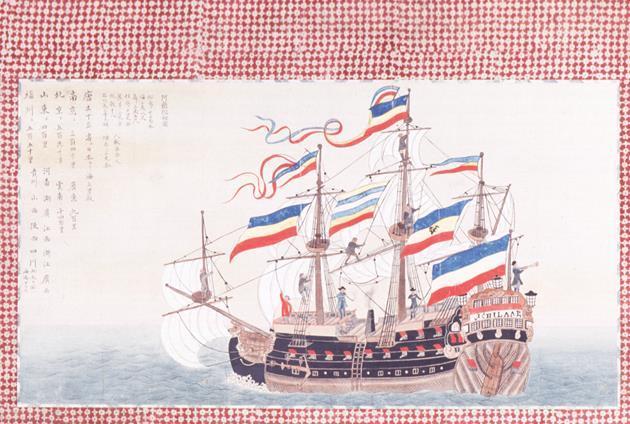Resources
Exhibition HistorySeattle, Washington, Seattle Asian Art Museum, Legends, Tales, Poetry: Visual Narrative in Japanese Art, December 22, 2012 - July 21, 2013
Seattle, Washington, Seattle Art Museum, "Documents International: Reflections in the Mirror: A World of Identity", April 23, 1998 - June 20, 1999
Seattle, Washington, Seattle Art Museum, "Porcelain Stories: From China to Europe", February 17, 2000-May 7, 2000 (2/17/2000 - 5/7/2000)
Seattle, Washington, Seattle Art Museum, "Refined Harmony: Decorative Arts from the Edo Period", March 7, 2003 - March 23, 2004
Seattle, Washington, Seattle Art Museum, "Japan Envisions the West: 16th - 19th Century Japanese Art from the Kobe City Museum", October 7, 2007 - January 8, 2008 (10/7/2007 - 1/8/2008)
Published ReferencesFuller, Richard E. "Japanese Art in the Seattle Art Museum: An Historical Sketch." Seattle, WA: Seattle Art Museum, 1960 ("Presented in commemoration of the Hundredth Anniversary of Diplomatic Relations between Japan and the United States of America"), no. 169


